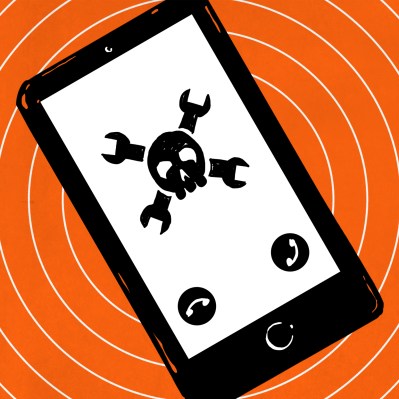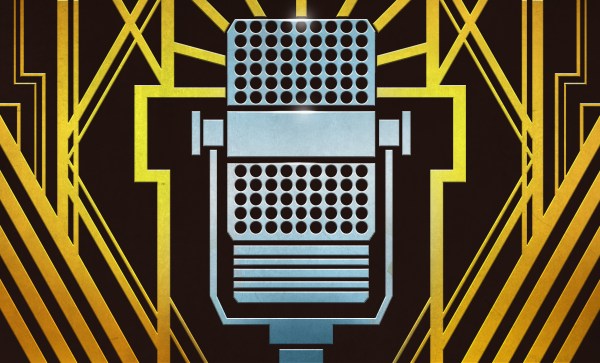A universal feature of traveling Europe as a Hackaday scribe is that when you sit in a hackerspace in another country and proclaim how nice a place it all is, the denizens will respond pessimistically with how dreadful their country really is. My stock response is to say “Hold my beer” and recount the antics of British politicians, but the truth is, the grass is always greener on the other side.
There’s one thing here in dear old Blighty that has me especially concerned at the moment though, and perhaps it’s time to talk about it here. The Online Safety Act has just come into force and is the UK government’s attempt to deal with what they perceive as the nasties on the Internet, and while some of its aspirations may be honourable, its effects are turning out to be a little chilling.
As might be expected, the Act requires providers to ensure their services are free of illegal material, and it creates some new offences surrounding sharing images without consent, and online stalking. Where the concern lies for me is in the requirement for age verification to ensure kids don’t see anything the government things they shouldn’t, which is being enforced through online ID verification. There are many reasons why this is of concern, but I’ll name the three at the top of my list.
Continue reading “When Online Safety Means Surrendering Your ID, What Can You Do?”



















